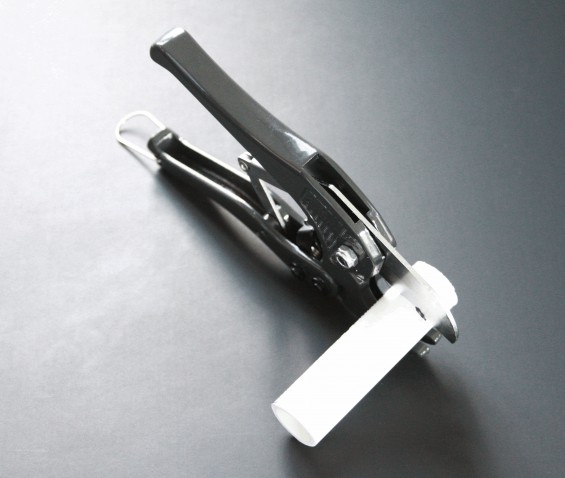
2. Layout the PVC that needs epoxy. - Fast-drying epoxy makes assembly easy, but means you need to know exactly which parts you are assembling. - Each "Wing" of the SteadyWing requires: 3" pipe, 4" pipe, 2 T-joints, 1 elbow joint. - If you want, use the marker to mark the ends of the joints and pipe that will be connected.
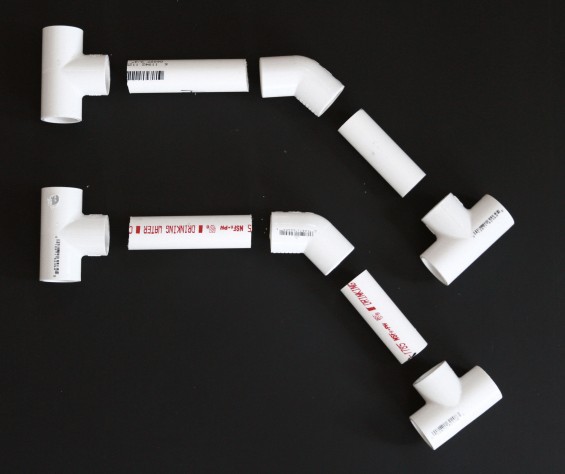
3. Mix up the epoxy. - Squeeze out a little epoxy onto a piece of paper. - Use the pencil to mix the epoxy. 4. Apply the Epoxy to the PVC. - Epoxy one connection at a time. Using the mixing pencil, apply a thin coat of epoxy to the inside of the joint and last 1/2" of the PVC pipe. Only epoxy the portions that will be attached. - INSERT the pipe into the joint. Use a towel to clean off any epoxy that squeezes out. - Epoxy the remaining connections. - To help ensure the angles of the wings are exact, lay each wing assembly so the flat ends of the T-joints rest on a table, with the elbow joint in the air. - Read the instructions on your epoxy to find out how much the "curing" or "setting" time is to determine how long you should wait to allow the epoxy to set.
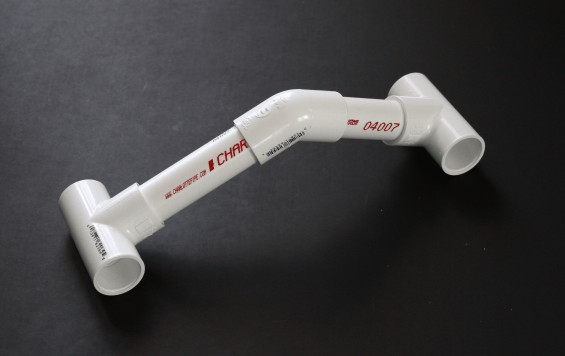
5. Cut out a 4" x 8" piece of the plastic cutting board. - Saws are not very good at making turns. It will be easier to cut all the way through the board. - Use the ruler and marker to draw the lines you will be cutting. - Use the jig saw to cut along the lines. 6. Mark out the remaining cuts in the board (see picture) - 4 holes, 1" from the edge and 2" apart on each of the long sides. - A centered 5" line.

7. Drill & cut out the remaining marks. - Drill out the 4 holes and 2 holes on either end of the line. - Use the jigsaw to cut out the slot along the line. 8. Drill two holes on each T-joint, 2" apart, all the way through the joint. 9. Use the 4 longer screws and 4 nuts to fasten the board to the wings. - Optional: instead of nuts, you can use 4 wing nuts to allow tightening by hand. - Optional: use a dremel to trim the screws. 10. Use the shorter screw, washer, and wing nut to secure the camera to the board.
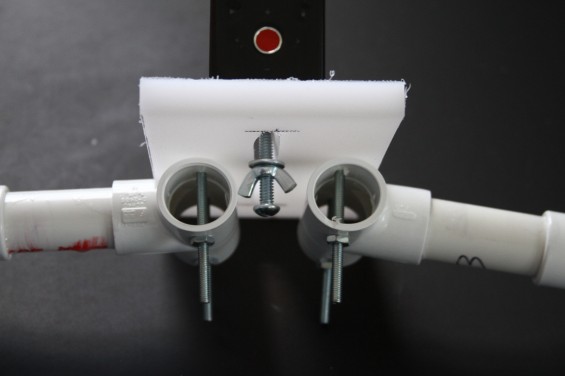
And here is how it looks with the camera mounted on.
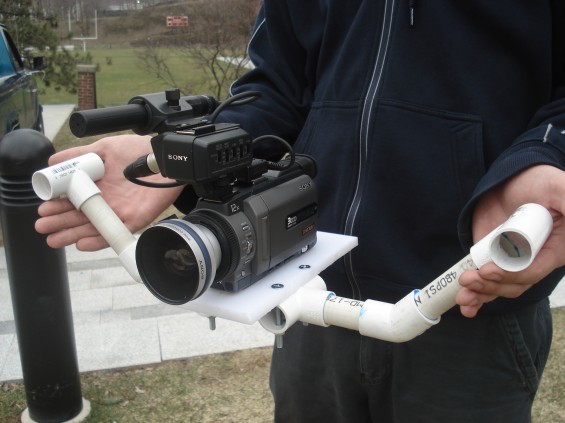
:rotate(0)/p39f1jed4mgd288myquiu5yecweg)